When The Witcher 3: Wild Hunt launched, players instantly recognized something rare: a massive open-world RPG that felt unmistakably Polish yet globally accessible. This wasn’t an accident. CD Projekt Red spent years refining a Polish to English translation and localization process that protected the game’s Slavic soul—its humor, folklore, idioms, and cultural logic—while ensuring the story read naturally for English-speaking players. Localization didn’t simply replace words; it rebuilt meaning, tone, and world-building in ways that honored Andrzej Sapkowski’s novels and Poland’s cultural heritage.
This case study explores how CDPR achieved this delicate balance. You’ll learn how translators adapted idioms, reshaped folklore references, redesigned dialogue flow, and collaborated with writers to maintain coherence. We’ll examine specific examples from quests, characters, monster lore, and humor, and unpack how the team managed linguistic and cultural challenges that emerge in Polish to English translation. Whether you’re a translator, writer, developer, or localization professional, this in-depth analysis reveals the strategies used to transform a deeply Polish narrative into a global masterpiece—without losing its Slavic identity.
- Understanding the Slavic Cultural Backbone
Polish culture is tightly woven into The Witcher 3—from myths to mannerisms—making literal translation impossible. CDPR’s localization team needed to preserve regional flavor while ensuring players unfamiliar with Slavic customs could still understand the context. Instead of neutralizing cultural details, the translators leaned into them, integrating subtle explanations within dialogue and environmental storytelling. This method let the game’s world feel authentically Eastern European while remaining approachable for English audiences who might otherwise miss critical cultural nuance.
- Translating Folklore Without Neutralizing It
Slavic folklore features creatures like strzyga, leshy, and noonwraiths—terms unfamiliar to most English speakers. CDPR chose not to replace these names with English equivalents; instead, they preserved the original terms and used bestiary entries, quests, and dialogue to provide natural explanations. This reinforced the world’s cultural uniqueness and avoided diluting Polish mythology. The translator’s goal wasn’t simplification but immersion: letting players learn through context rather than stripping away the game’s cultural identity.
- Adapting Polish Idioms for English Players
Polish idioms often lose impact when translated word-for-word. For example, “Nie mój cyrk, nie moje małpy” literally means “Not my circus, not my monkeys,” which English speakers understand—but many idioms aren’t as lucky. CDPR’s localization team frequently recreated idioms to match the intent, tone, and character voice. Instead of strict translation, they applied creative adaptation—maintaining irony, regional attitude, or sarcasm—ensuring that the humor and emotional weight landed for English players without sounding unnatural or forced.
- Dialogue Localization: Preserving Tone and Personality
Geralt’s personality relies heavily on dry humor and understated emotion—traits that can shift dramatically with direct translation. The English localization team worked closely with writers to ensure dialogue sounded natural while staying loyal to Polish characterization. They adjusted sentence structure, idiomatic expressions, and rhythm so conversations flowed like authentic English speech. This prevented stiff, overly literal lines and helped maintain Geralt’s iconic voice: stoic, sharp-witted, and distinctly Slavic.
- Translating Humor Without Losing Attitude
Polish humor often includes sarcasm, cynicism, and regional slang. Direct translation risked flattening the jokes or making them seem out of place. CDPR allowed translators to rewrite punchlines while maintaining character intent. In some quests—like the drunken witcher sequence—the humor was fully re-scripted for English, preserving comedic timing without betraying the original tone. This reflects a key localization principle: humor must be recreated, not simply translated.
- Preserving Polish Morality Themes
Slavic storytelling frequently avoids clear moral binaries, emphasizing ambiguity and consequence—core themes in The Witcher 3. The localization team ensured English dialogue reflected this cultural nuance by avoiding overly heroic or “clean” translations. Instead of simplifying moral dilemmas, they embraced the rawness and realism found in the Polish script. This helped international players connect with the game’s ethical complexity, a defining trait of Slavic fantasy narratives.
- Voice Acting and Delivery Choices
Localization didn’t stop at text. CDPR worked with English voice actors to capture subtle emotional cues present in the Polish performances. They reviewed Polish delivery, cadence, and tone to maintain the original mood—even when lines were restructured for natural English. The result was a voice acting performance that remained aligned with Polish cultural expression while sounding native to English players. This dual alignment is one of the reasons The Witcher 3’s English dub is widely praised.
- Environmental Storytelling and Cultural Cues
Rather than removing references to Slavic rural life, CDPR doubled down on authenticity. Translated signs, notices, item descriptions, and location names retained their Polish-influenced flavor. Translators also preserved regional dialects and speech patterns where appropriate, signaling community identity without overwhelming players. By blending linguistic accuracy with accessible explanations, the world remained distinctly Polish yet welcoming to global audiences.
- Collaboration Between Writers and Translators
CDPR treated localization as creative storytelling, not a technical afterthought. Polish writers often clarified deeper meanings, symbolism, or cultural subtext to support accurate adaptation. Translators were encouraged to ask questions, propose rewrites, and collaborate across departments. This improved consistency and prevented cultural misinterpretation. The open communication model became an industry example of how localization teams should work with narrative designers.
- Lessons for Future Localization Teams
The Witcher 3 proved that preserving cultural integrity is not a barrier to global success—it’s an asset. Localization teams worldwide can learn from CDPR’s approach: protect cultural identity, provide contextual clues, adapt idioms creatively, and collaborate closely with writers. Modern players crave authenticity; stripping cultural nuance can weaken immersion. This case study shows that localization is not about removing culture, but about carrying it across linguistic borders with respect and craftsmanship.
Conclusion
CD Projekt Red’s handling of The Witcher 3 stands as a masterclass in Polish to English translation and localization. Their approach demonstrated that a game rooted in regional identity can still resonate globally—provided the translators protect cultural nuances while reshaping language for accessibility. By preserving folklore, adapting idioms, maintaining tone, and fostering deep collaboration between writers and localization teams, CDPR created an English version that feels natural yet profoundly Slavic.
For translators, developers, and localization professionals, the lesson is clear: authenticity is a strength, not an obstacle. Instead of flattening cultural texture, embrace it and guide players through it. If you’re working on a game, app, or narrative product with strong cultural roots, consider applying CDPR’s methods—your audience will appreciate the richness that comes from faithful yet adaptive storytelling.
FAQs
- Did CDPR translate folklore terms directly?
No, they preserved original Polish names and provided contextual explanations in quests and bestiary entries.
- Why does The Witcher 3 feel culturally authentic in English?
Because the translators retained Slavic themes and worked closely with writers to keep tone and subtext intact.
- Was humor translated literally?
Rarely. Most jokes were creatively adapted to maintain comedic impact.
- Did voice actors influence localization?
Yes, English voice acting direction referenced Polish delivery to maintain mood and personality.
- Is literal translation ever used?
Only when accuracy didn’t disrupt natural English flow or cultural understanding.


